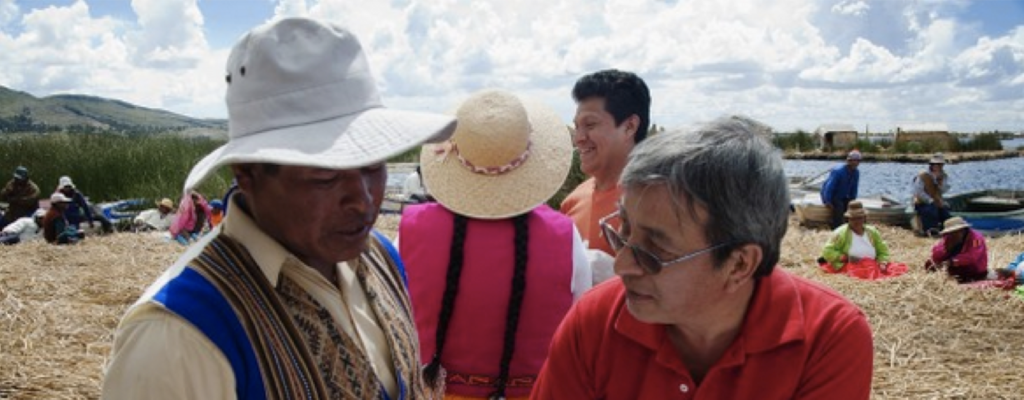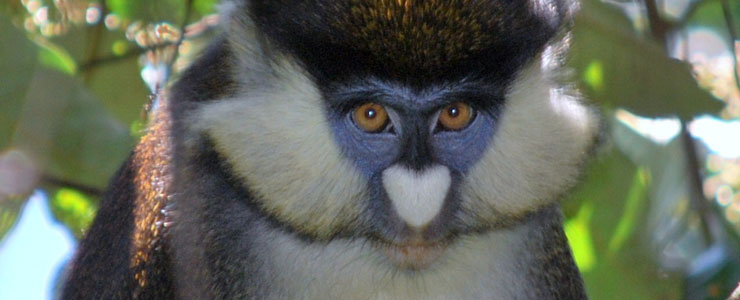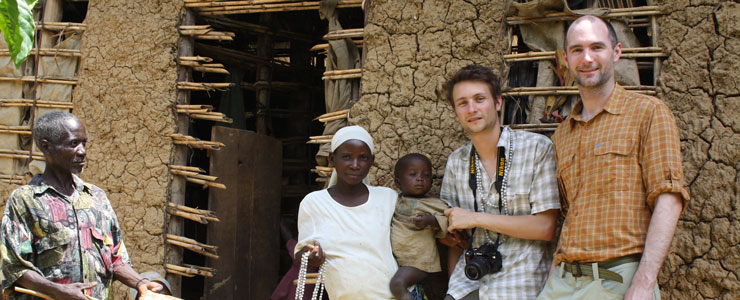The immune system is responsible for maintaining a healthy state and preventing infection. For some people, however, immune system dysfunction results in increased susceptibility to infections, inflammation, autoimmunity or even development of cancer. The projects in the Barreiro lab aim to define in an evolutionary informed manner the genetic and environmental factors impacting immune responses to infection, through the integration of cutting-edge technologies in the fields of genomics, population genetics, immunology, molecular biology and bioinformatics. Examples of some ongoing projects are provided below.
Evaluate the impact of past pandemics to the evolution of the human immune system.

To better understand the complex relationship between pathogens and host adaptation, we are studying the selective impact of one of the most devastating pathogens in history – Yersinia pestis, the agent of the Black Death – on the immune system. Although Y. pestis is proposed to have severely culled the Eurasian population, it is not known how groups that differ in their historical exposure to plague respond to the pathogen. Using combined expertise in human genomics, immunology, infectious diseases and ancient DNA, we aim to: (i) characterize inter-individual and inter-population variability in immune responses to infection with Y. pestis; (ii) map expression quantitative trait loci (eQTLs) that are associated with variation in response to infection with Y. pestis; and (iii) identify genetic loci showing signatures of positive selection by Y. pestis by looking at “real-time” fluctuations in allele frequencies among immune-related genes and immunological QTLs sequenced from skeletal remains of European populations living before, during, and after the Black Death. This work benefits from collaborations with the labs of Dr. Hendrik Poinar and Dr. Javier Pizarro-Cerda
Immune Cell Atlas of Indigenous South American Populations.

The unique immuno-genetic variation in present-day Indigenous American populations has been shaped over the last ~25,000 years since the founding population in eastern Asia split from related Siberian and East Asian lineages and journeyed into the Americas. After the arrival and subsequent radiation of Indigenous peoples to the rest of the Americas, they encountered multiple prehistoric and historic waves of admixture from Eurasian and African sources, experienced founder events and genetic bottlenecks (e.g. European colonization), and were exposed to novel selective pressures (e.g. pathogens, diets). Comparing shared and unique biological variation between various Indigenous American and other populations is key to understanding the evolution of the immuno-genomic landscape of Indigenous Americans and ways in which it is distinct to that of other ancestry groups. To do so, our lab started a collaborative network with several PIs from South America, which was recently funded by the Chan Zuckerberg Initiative. Focusing on eight distinct Indigenous populations from the Amazon, Andes, and coastal regions of South America, we are using a range of single-cell technologies to identify how diverse ancestries impact gene expression, epigenetic profile and the composition and responsiveness of immune cells to immune challenges.
Cross-species comparisons of immune responses.

Humans and our close evolutionary relatives respond differently to a large number of infections. While AIDS, malaria, and cancer kill millions of humans around the world every year, several non-human primates appear to be naturally protected against these diseases. Such differences between humans and other primates are thought to be the result, at least in part, of inter-species differences in immune response to infection. However, due to the lack of comparative functional data across species, the ways in which the immune systems of humans and other primates differ remain unclear. In the laboratory, we are studying the phenotypic evolution of immune responses in primates by combining in-vitro immunological assays with cutting-edge genomic techniques. Our projects promise to identify inter-species differences in early response to infection that may explain differences in susceptibility to diseases among primates
Epigenetic regulation of immune response to infection.

Innate immune cells have classically been considered to have no immunological memory. However, recent studies have challenged this dogma by demonstrating that innate immune cells, particularly monocytes and macrophages, can mount long-term memory and resistance to reinfection. These observations led to the concept of “trained immunity” – a phenomenon in which innate immune cells, like monocytes/macrophages and NK cells, develop a faster and more robust immune response upon secondary infection by the same organism, or even an unrelated pathogen. Epigenetic reprogramming is thought to be central to the induction of trained immunity. Yet, there is still a profound lack of knowledge of what are the specific epigenetic determinants required to induce long-lasting trained immunity in humans. Using combined expertise in functional genomics, computational biology, human immunology, and infectious diseases, our lab is working towards addressing the following questions: What is that nature of the epigenetic changes induced by “trained immunity adjuvants” in human progenitor cells? What trained immunity-induced epigenetic changes can be transmitted from pluripotent stem cells to their differentiated counterparts in humans? What are the genetic and molecular determinants of inter-individual variation in trained immunity? This line of research benefits from close collaborations with the labs of Dr. Maziar Divangahi, Dr. Mihai Netea , and Dr. Shabaana Khader .
The evolutionary history of hunter-gatherer populations.

Prior to the emergence of agriculture ~10,000-12,000 years ago most human populations practiced locally-adapted forms of hunting and gathering. While most hunter-gatherer societies gradually adopted some variation of subsistence agriculture and others have been replaced entirely by agriculturalist migrants, an estimated 229 hunter-gatherer populations remain worldwide based on ethnographic data. The long-term goal of this project is to build a comprehensive picture of the demographic and evolutionary events that contributed to the evolutionary history of hunter-gatherer population across the globe. Our lab is particularly interested in understanding how the advent of agriculture impact on our relation with pathogens. Indeed, it has been proposed that the advent of agriculture at the beginning of the Neolithic period, 10,000 years ago, resulted in an increased burden of infectious diseases. We are formally testing this hypothesis by performing comparative studies of immune response between hunter-gathers and their neighboring agriculturalist population. This work is done in collaboration with Dr. George Perry’s lab .
Characterize how social environmental variation impacts the immune response to infection.
Social status is one of the strongest epidemiological predictors of disease risk and mortality in humans. To understand the biological basis of these effects, we are combining genomics with a social status manipulation in female rhesus macaques to investigate how status alters immune function. This work results from a long-standing collaboration with Dr. Jenny Tung and Dr. Vasiliki (Vas) Michopoulos . We are currently expanding this line of work to humans as part of a new collaboration with Dr. Allison Aiello , the Director of the Detroit Neighborhood Health Study (DNHS). Results from this line of research as expected to provide insight into the direct biological effects of social inequality on immune function, thus improving our understanding of social gradients in health.
